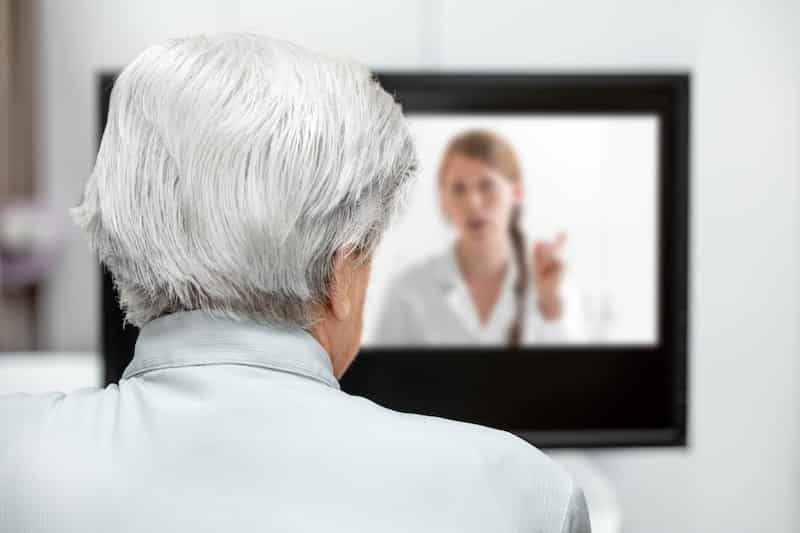Hearing care is a field that utilizes technology to provide increasingly advanced care to patients through improved testing, hearing aids, and more. Yet in the case of telemedicine adoption in particular, audiology as a profession is behind the curve. However, that is starting to change.
As Bopanna Ballachanda, PhD, shares in an interview in our April 2024 issue, he has witnessed growing interest in using telepractice for audiology since the COVID-19 pandemic. All of a sudden, interacting with patients remotely became expected across healthcare in general, forcing many HCPs to reluctantly adopt the technology. And many of them were pleasantly surprised with the results.
Especially with the available technology continuing to improve, Ballachanda would like to see even more hearing care professionals take advantage of teleaudiology’s benefits. It’s something he strongly advocates for because he experienced the benefits himself, well before the pandemic.
While spending most of his time at his main practice in Albuquerque, NM, he was able to use the technology to reach audiology patients who lived in more remote areas closer to his satellite office in Taos, NM, while making the process more convenient for everyone.
Making a Go of Teleaudiology
That isn’t to say that teleaudiology is for everyone, though.
I recently spoke with a longtime audiologist who used teleaudiology to provide testing and other services to patients from a distance, but ultimately decided that having a satellite office set up in order to make it work was not worth the added effort and expense to maintain. Both the place where he lives and practices and the satellite office location are part of a large urban area, so it wasn’t so much an issue of being able to reach audiology patients who didn’t otherwise have an option for hearing care. It was an added convenience for some people, but it didn’t ultimately work out for him and his practice.
And that’s OK. He doesn’t regret making that leap, and has since expanded his services with other offerings that suit his clinic and his clientele better.
Teleaudiology is of course just one example of a way for HCPs to step out of their comfort zone to take a new approach to hearing care.
Broadening the Scope of Hearing Care
Many of the ways teleaudiology is being used today are also possible avenues for additional services that a hearing care practice might not already be offering, such as tinnitus treatment. Balance is an aspect of hearing care that is not as well suited to teleaudiology, but could be a good way to expand the scope of care at an audiology clinic.
Offering additional types of testing or newer technologies such as 3D scanning can help to differentiate one clinic from another. And fitting and selling OTC hearing aids with bundled services is another option that more hearing care clinics are starting to offer.

Other Innovations in Audiology
Among other topics, we will be addressing different aspects of teleaudiology in upcoming articles, so I’d welcome any suggestions for what specifically to touch on. What would help you establish or expand teleaudiology at your practice? What questions or concerns do you have?
And if you have suggestions for new trends and innovations across the hearing care field to highlight in The Hearing Review, please feel free to reach out to me directly. Thankfully, hearing care is always changing and growing in exciting ways.
— Melanie Hamilton-Basich
Original citation for this article: Hamilton-Basich M. Going Outside Your Comfort Zone. Hearing Review. 2024;31(4):06-07.
Featured photo: Dreamstime





